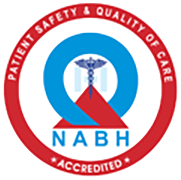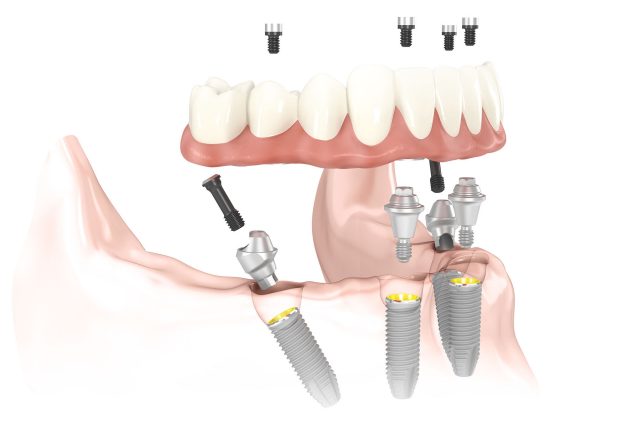Guided Implant Surgery is a computer-guided dental implant. The guided implant surgery uses patient’s CT to plan an implant surgery. As compared to traditional dental implants surgery, guided implant surgery gives a more accurate result. In order to perform guided implant surgery, the dentist needs implant planning software, guided implant surgery kit, custom surgical templates, and cone-beam CT.
The guided implant surgery is performed in four steps. The first step requires the dentist to examine a patient’s CT. The second step is to plan treatment using implant planning software. The third steps include a customized surgical implant. The fourth and final step is performing the surgery.
What’s the purpose of the machinery and planning software used in the guided surgical site?
Cone-beam CT scanner is used by the dentist to take high-quality 3D images of a patient’s mouth. These images help the dentist to get visual detail of the mouth so as to locate the exact surgical site. Also, the cone-beam CT is safe as it utilizes less radiation.
Implant planning software is used to generate the data in DICOM (Digital Imaging and Communications in Medicine) format. The software then converts the data into 2D and 3D thus allowing the dentist to see important anatomical structures.
Surgical template holds the information that has been planned on the planning software. The template has small sleeves that are designed to guide the drilling.
Surgical drill kit is designed according to the surgical template. The drills should fit into the sleeves of the surgical template.
What are the advantages of Guided Implant Surgery?
The guided implant surgery makes the surgery more predictable, precise and safe. This is because with guided implants the dentist can predict how much room is required for the crown. The surgical guide is designed to rest on the teeth, gums or jawbone. This limits the depth of the drill and implant. So that very less invasion takes place in the jawbone. This means guided implant surgery is more controlled as compared to traditional dental implants surgery. In addition to this, guided implant surgery minimizes bone grafts. Generally, flapless surgery is performed using this technique. Since the surgery is less invasive it requires less time to heal.
What are the disadvantages of guided implant surgery?
The guided surgery requires a clinic to invest in a good CT scan machine, implant planning software, and a surgical kit. Therefore make sure to visit a dental clinic that has high quality guided implant surgery service. It’s because the entire surgery is dependent on the machinery and surgical kits. An incorrectly planned implant, a low-quality CT scan, an incorrectly assembled surgical kit, and a wrong surgical template can lead into a lot of complications. In addition to this, the treatment planning requires a lot of time.
 Australia No
Australia No Canada No
Canada No India Toll Free No
India Toll Free No UK No
UK No USA No
USA No









